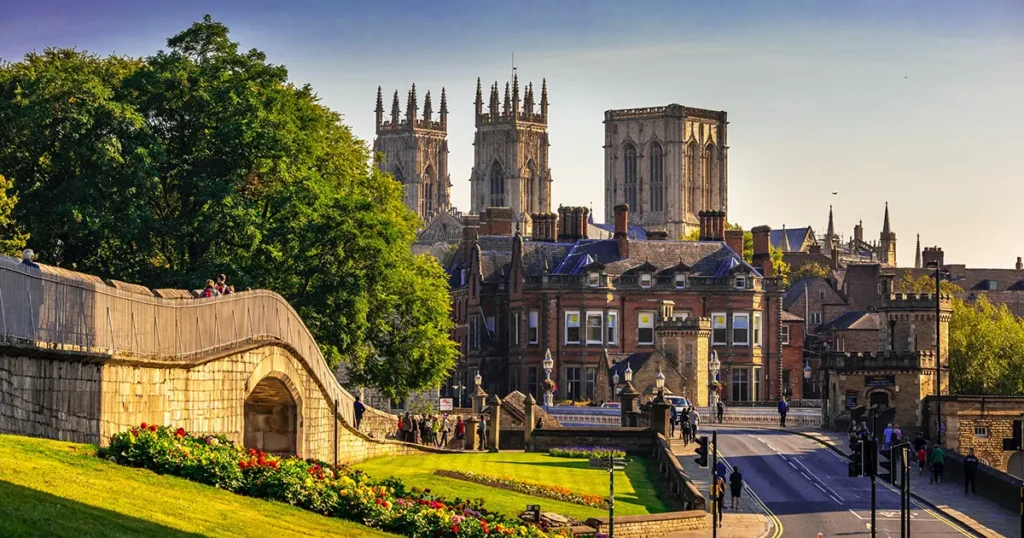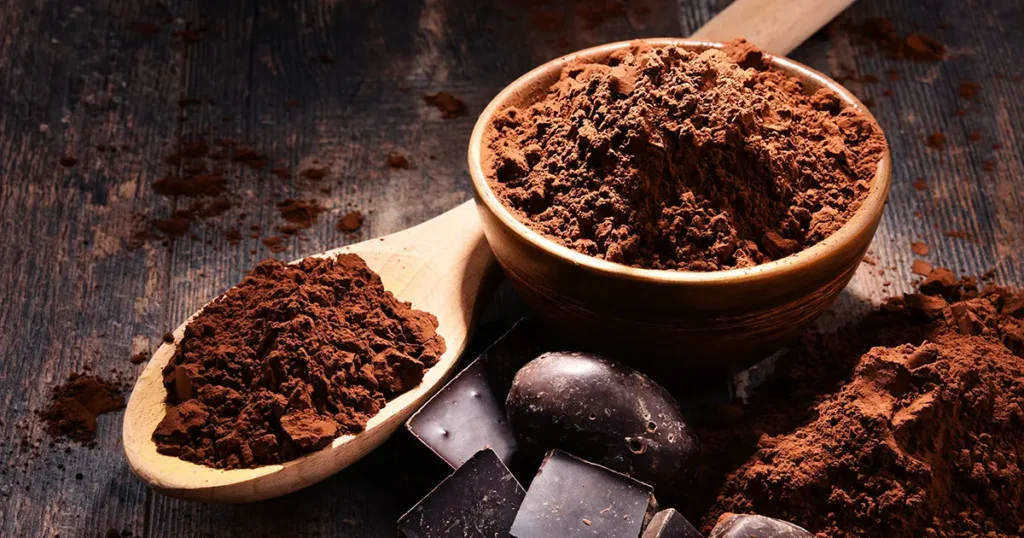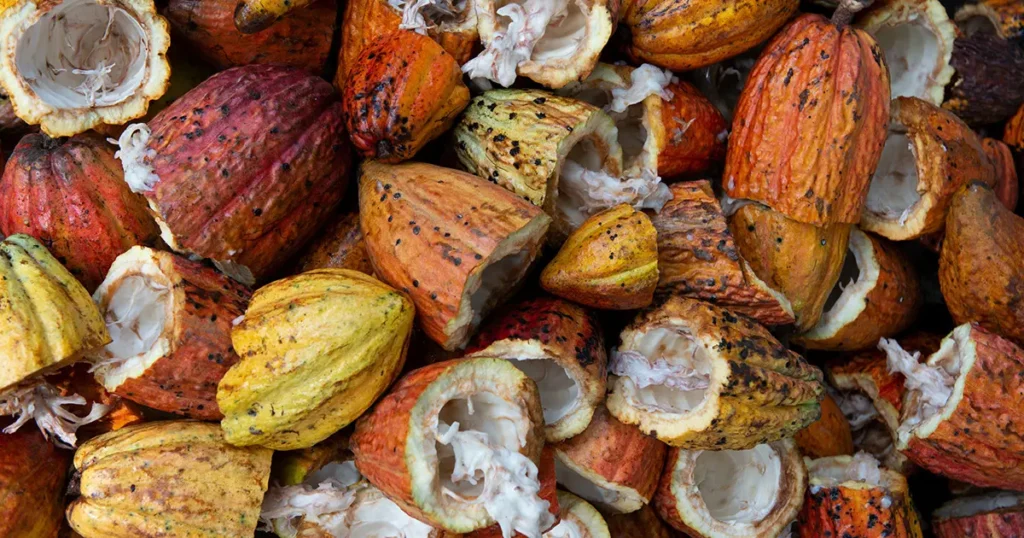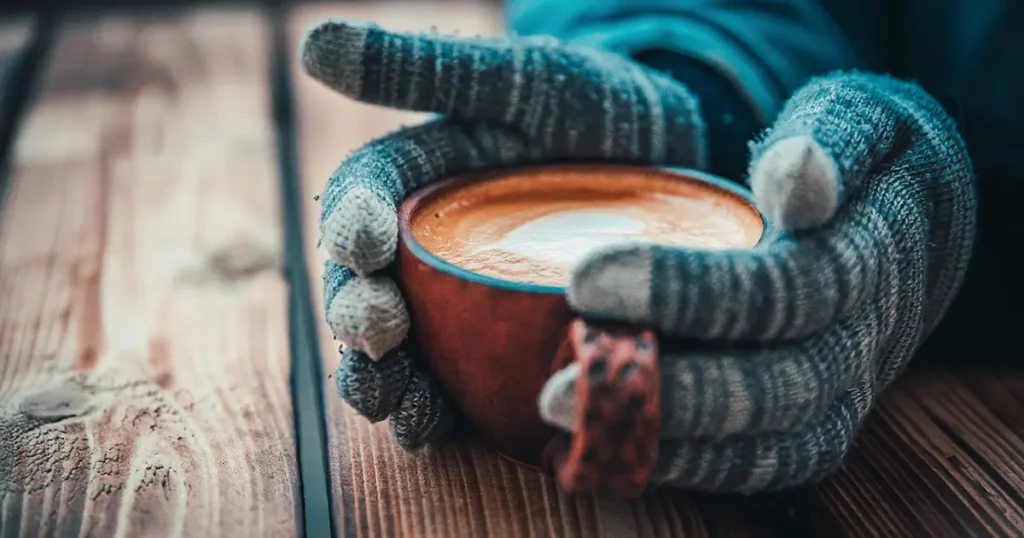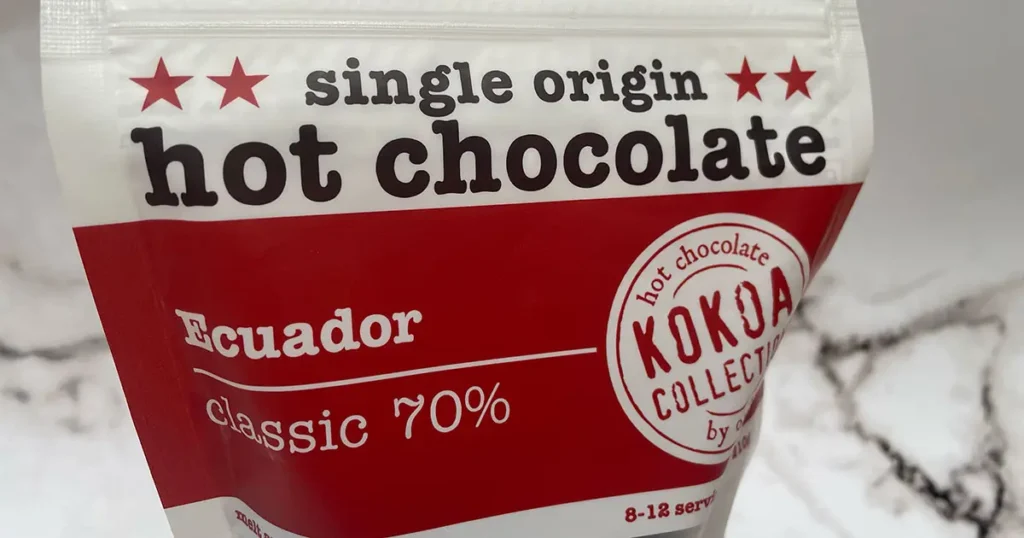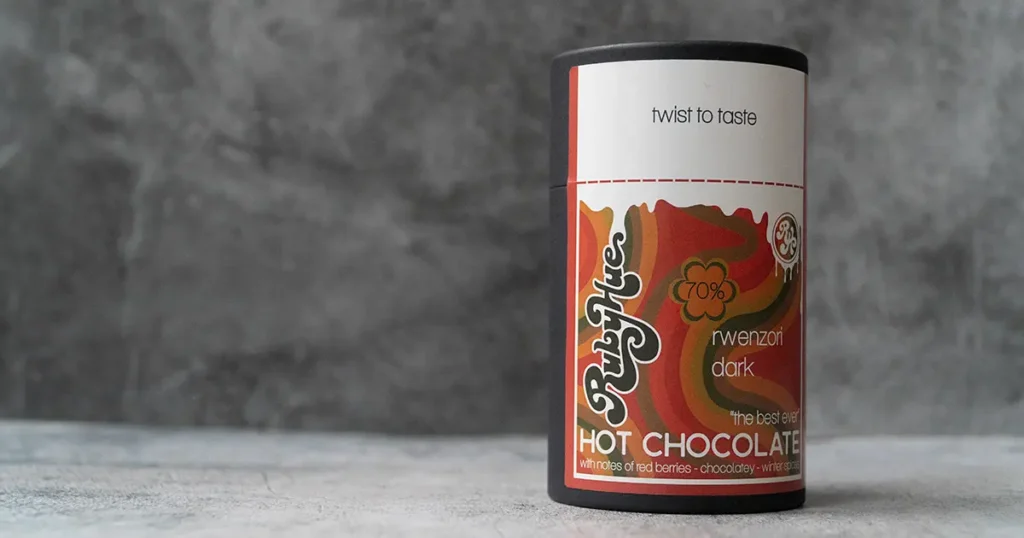Ever found yourself cursing the stove as your morning hot chocolate boils over? You’re not alone. The age-old question of whether to boil milk for hot chocolate has puzzled aficionados for years. Dive into our comprehensive guide where we break down the science and art of heating milk to perfection, and find out if boiling is a yay or nay.
My Morning Hot Chocolate Ritual
For years I used to make my homemade hot chocolate each morning on the gas stovetop.
It was a bit of a ritual and an integral part of my morning routine. Every couple of years, I’d treat myself to a new milk pan (or get one for Christmas) and I was always on the lookout for a good whisk.
As I was often also preparing breakfast for myself and the kids, I’d sometimes take my eye off the milk and it would boil over.
Not only would this make a mess of the stovetop (not ideal for busy mornings) but the drink would be too hot to drink and you’d get the dreaded (for me at least) milk skin on the top of your drink.
I’m not a fan of overly hot drinks, so boiling the milk didn’t work for me.
But what about the rest of you? How do you make hot chocolate?
Grab your favourite mug and let’s get into it.
Introduction: The Complexity of Heating Milk for Hot Chocolate
Heating milk may appear simple on the surface but add hot chocolate into the mix and things can get a bit knotty.
How you heat the milk can significantly impact the texture, aroma, and even the nutritional value of your hot chocolate.
In this guide, we’ll delve into various heating methods to ascertain the best way to warm milk for that perfect cup of hot chocolate.
Warm Milk: The Essence of Hot Chocolate
Warm milk, for many, is the cornerstone of a good hot chocolate.
But how should you go about heating it?
Read on for some insights:
Microwave Heating: Quick but Risky
Microwaves are super convenient but are they the best method for heating milk for hot chocolate?
Is it best to microwave milk for hot chocolate?
Microwaves can create ‘hot spots’ within the milk, causing some parts to be hotter than others.
This inconsistent heating can lead to uneven temperature throughout your hot chocolate and, for me at least, it’s not something I like or particularly trust.
Stovetop Heating: The Traditional Approach
Heating milk on the stovetop allows for better control over the temperature.
It was how I make my hot chocolate for years and, with the aid of a good whisk, whatever combination of cocoa powder, chocolate flakes of hot chocolate mix you throw at it, decent results are practically guaranteed.
Keeping the flame low and stirring constantly helps avoid boiling the milk, resulting in warm milk that’s just right for hot chocolate.
Heating Methods: The Choices We Have
While the debate about the best heating method continues, one thing is certain: temperature plays a crucial role.
But what are the various ways to warm milk for hot chocolate, and which method suits you best?
Direct Heat: For the Busy Bee
Direct heat involves heating milk directly on the stovetop.
It’s quick, but there’s a high risk of overheating and potentially ruining the milk’s texture. But if you’re short on time, this might just do the trick.
The Velvetiser: Luxury in a Cup
Ah, the Velvetiser by Hotel Chocolat – a machine designed to take your hot chocolate experience to a whole new level.
As I’ve mentioned elsewhere on this blog, I had my eye on one of these for quite a while before I actually got one – it was a very thoughtful gift from people who knew me well!
The Velvetiser heats milk to an optimal temperature of around 67-69°C (150-155°F): the exact temperature that cocoa solids and cocoa butter melt., promising a cup that’s rich in flavour without scalding the milk.
It’s a foolproof way to achieve that perfect balance of texture and taste and for the last few years, it’s how I get my hot cocoa fix each morning.
For someone like me, who’s not so keen on very hot drinks, his works well but, on a cold winter day, I do sometimes wish it was a little hotter.
Temperature: The Heat Is On
How hot should your milk be for that ideal mug of hot chocolate?
Here’s a temperature guide:
- Below 50°C (122°F): At this range, the milk is sufficiently warm to dissolve the chocolate but may not be hot enough to unleash the full range of flavours.
- 50-70°C (122-158°F): This is considered the ‘goldilocks zone’ for hot chocolate. It’s hot enough to bring out the deep, chocolatey goodness but not so hot that it compromises texture.
Boiling: Yay or Nay?
Boiling milk for hot chocolate isn’t the best idea.
High temperatures can alter the milk’s texture and even its flavour profile. Plus, you could lose some valuable nutrients in the process.
Advantages of Boiling
- Quick process.
- Kills potential bacteria.
Downsides of Boiling
- May lead to nutrient loss.
- Possible change in texture and flavour.
Quick Comparison: Heating Techniques Summarised
| Method | Pros | Cons |
|---|---|---|
| Microwave | Speedy, convenient | Uneven heating, risk of curdle |
| Stovetop | Greater control | Takes longer, overheating risk |
| Velvetiser | Consistent, easy | Requires special equipment |
| Direct Heat | Quick | High risk of overheating |
Conclusion: Crafting Your Perfect Hot Chocolate
When it comes to heating milk for hot chocolate, it really is a blend of art and science.
From the convenience of microwaves to the precision of a Velvetiser, there’s a method that will suit your specific needs.
However, the consensus remains: boiling milk is usually best avoided to preserve the creamy texture and rich flavour that we all love in our hot chocolate.
So, my hot chocolate aficionados, that’s a wrap for today.
Do you have a go-to method for heating your milk?
Until next time, may your mugs stay forever frothy!
Should milk be boiling for hot chocolate?: Frequently Asked Questions
Should I boil milk for my hot chocolate?
Boiling milk for hot chocolate is generally not recommended. High temperatures can alter the milk’s texture and flavour, and you might also lose some valuable nutrients. It’s best to heat the milk to a temperature between 50-70°C (122-158°F).
What is the Velvetiser and what temperature does it heat the milk to?
The Velvetiser is a special machine by Hotel Chocolat designed to heat milk to an optimal temperature of around 67-69°C (150-155°F). This temperature range allows for a rich, flavourful cup of hot chocolate without scalding the milk.
Is using the microwave a good method for heating milk for hot chocolate?
Microwaves are convenient but not the most reliable for heating milk. They can create ‘hot spots’ within the milk, leading to uneven temperature throughout your drink. It’s not the most trustworthy method if you’re aiming for the perfect cup.
What’s the best stovetop technique for heating milk for hot chocolate?
When using the stovetop, it’s advisable to keep the flame low and stir constantly. This method allows for better control over the temperature and avoids boiling the milk, resulting in warm milk that’s just right for hot chocolate.
What are the advantages and disadvantages of boiling milk for hot chocolate?
Boiling milk is a quick process and can kill potential bacteria. However, it may lead to a loss of nutrients and can change the milk’s texture and flavour. For these reasons, boiling is usually best avoided for the sake of keeping the creamy texture and rich flavour of your hot chocolate.

